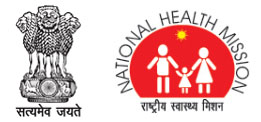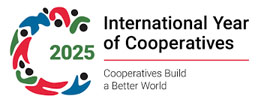IT Governance refers to the structures, processes, and policies that ensure IT systems align with organizational goals, mitigate risks, and comply with regulatory requirements. In the context of healthcare, it becomes crucial to establish robust IT governance frameworks tailored to the unique challenges and requirements of the states we serve. Effective governance mechanisms guarantee the security, integrity, and accessibility of health data while fostering innovation and continuous improvement.
Key Aspects:
- Strategic Alignment: Aligning IT initiatives with the strategic objectives of healthcare delivery, ensuring technology investments directly contribute to improved patient outcomes and public health.
- Risk Management: Implementing comprehensive security measures to safeguard sensitive patient data, ensuring compliance with national and international data protection standards such as HIPAA, and mitigating cyber threats.
- Performance Measurement: Establishing metrics to assess the performance of health information systems, allowing for data-driven decision-making and continuous enhancement of IT solutions.
- Resource Management: Optimizing the allocation of IT resources, including skilled personnel and technological infrastructure, to ensure the seamless functioning of health information systems.
- 5. Compliance and Standards: Ensuring adherence to regulatory requirements and industry best practices, fostering trust among stakeholders and promoting interoperability between different health IT systems.
IT Strategy and Roadmap:
A well-defined IT strategy is essential for aligning IT initiatives with the overarching goals of NHSRC. This involves creating a comprehensive roadmap that outlines the vision, objectives, and action plans for implementing health information systems. The strategy should be flexible, scalable, and responsive to the unique healthcare needs of each state, ensuring seamless integration with existing infrastructures.Implementation and Adoption:
Successful implementation and adoption of health information systems require meticulous planning, resource allocation, and stakeholder engagement. NHSRC's IT Division plays a central role in coordinating these efforts, ensuring that the chosen systems are effectively deployed and embraced by healthcare professionals and administrators. This involves providing technical support, training programs, and continuous monitoring to address challenges and optimize system usage.
Guidelines and Manuals:
The IT Division of NHSRC provides comprehensive guidelines and manuals that serve as a reference for states implementing health information systems. These documents encompass best practices, technical specifications, security protocols, and compliance standards. By adhering to these guidelines, states can ensure uniformity and consistency in IT implementations, fostering interoperability and data exchange between different regions.
Supporting States:
The IT Division of NHSRC acts as a pillar of support for states by offering expertise, technical assistance, and knowledge sharing. Through collaborative efforts, the division assists states in customizing IT solutions according to their unique healthcare landscapes. This collaborative approach ensures that states can leverage the best available technologies while tailoring them to meet local requirements.
The IT Division of NHSRC is dedicated to promoting IT governance and support strategies that catalyze the seamless implementation and widespread adoption of Health Information Systems across states. Through these efforts, we aim to enhance the efficiency of healthcare delivery, improve patient outcomes, and contribute significantly to the overall advancement of healthcare in our nation.


